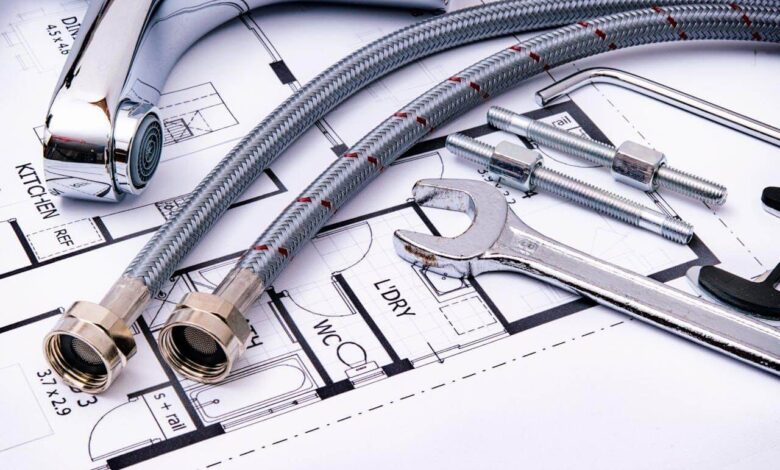How to Best Take Action If You Find Mold in Your Walls

Discovering mold growth inside your walls can be alarming, as it not only poses health risks but also indicates underlying moisture issues within your home. Taking swift and effective action is essential to address the mold problem and prevent its spread to other areas. This guide provides valuable insights into the best practices for dealing with mold in your walls, ensuring a thorough and successful remediation process.
1. Identify the Source of Moisture
Before tackling the mold problem, it’s crucial to identify and address the source of moisture that is fueling its growth. Common sources of moisture include leaky pipes, roof leaks, poor ventilation, or high humidity levels. Conduct a thorough inspection of your home to pinpoint the source of moisture and take corrective measures to repair any leaks or improve ventilation. By addressing the underlying moisture issue, you can prevent mold from recurring and ensure long-term success in remediation efforts.
2. Assess the Extent of Mold Infestation
Once the source of moisture has been addressed, assess the extent of the mold infestation to determine the appropriate course of action. Mold growth inside walls can not always be visible, so it’s essential to look for signs such as musty odors, discoloration, or water stains on walls and ceilings. Consider hiring a professional mold inspector to conduct a comprehensive assessment and identify hidden mold growth using specialized equipment. Understanding the extent of the mold problem is crucial for developing an effective remediation plan and preventing further damage to your home.
3. Take Safety Precautions
For the purpose of protecting yourself and avoiding exposure to potentially hazardous mold spores, you must take the essential safety procedures before trying to remove mold from your walls. Mold particles should not come into touch with the skin or be breathed in. Hence, it is important to use protective gear such as gloves, goggles, and a respirator. Mold spores can be prevented from spreading to other areas of your house by using fans or devices that produce negative air pressure, as well as by using plastic sheeting to seal off the afflicted area. During the cleanup process, it is also important to take into consideration the possibility of temporarily moving vulnerable persons, such as children, the elderly, or those with respiratory diseases, in order to reduce the level of potential health concerns.
4. Consider about Restoration
When confronted with mold growth in your walls, it’s crucial to consider professional water damage restoration services to address the underlying issues comprehensively. Water damage renovation specialists possess the expertise and equipment necessary to assess the extent of water intrusion, identify mold growth patterns, and develop effective remediation strategies. By enlisting the assistance of a reputable water damage refurbishment company, homeowners can benefit from thorough inspections, precise mold remediation techniques, and comprehensive restoration efforts tailored to their specific needs. These professionals prioritize the safety and well-being of occupants while restoring the affected areas to clean and habitable conditions. Investing in water damage renovation ensures the prompt and thorough resolution of mold issues, safeguarding the structural integrity of your home and mitigating potential health risks associated with prolonged mold exposure.
Read also Top 5 Reasons Why Your Project Needs Professional Civil Engineering Services
5. Prevent Future Mold Growth
After removing mold from your walls, take proactive measures to prevent its recurrence and maintain a mold-free environment in your home. Keep indoor humidity levels below 60% by using dehumidifiers or improving ventilation in areas prone to moisture buildup. Repair any water leaks promptly and ensure proper drainage around your home’s foundation to prevent water intrusion. Regularly inspect your home for signs of moisture and mold growth, especially in areas with previous water damage or poor ventilation. By implementing preventive measures, you can safeguard your home against future mold problems and maintain a healthy indoor environment for you and your family.
Conclusion
In conclusion, addressing mold growth in your walls requires a systematic approach that includes identifying the source of moisture, assessing the extent of the infestation, taking safety precautions, removing mold and contaminated materials, and implementing preventive measures. By following these best practices, homeowners can effectively remediate mold problems and create a healthier indoor environment. Prompt action and thorough remediation are essential for preventing further damage to your home and protecting the well-being of occupants. Taking proactive steps to address mold issues ensures a safer and more comfortable living environment for you and your family.





